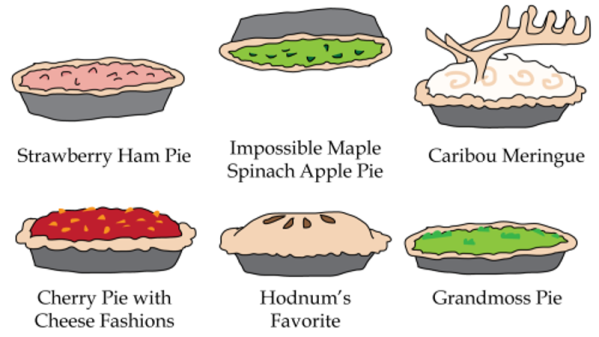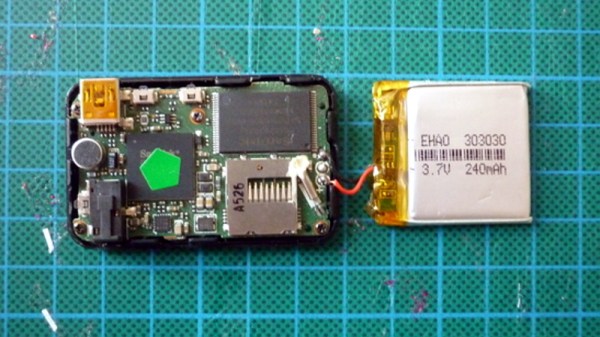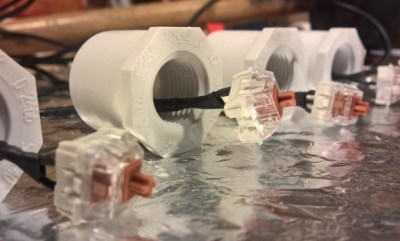Neural networks are a key technology in the field of machine learning. A common technique is training them with sample data, and then asking them to create something new in the same vein. AI researcher [Janelle Shane] decided to task a neural network with a fun task – inventing new kinds of pie.
Using the char-rnn library, the network was initially trained on a sample of 2237 pie recipe titles, sourced from around the internet. Early iterations struggled to even spell “pie”, but as the network improved, so did the results. Where we can’t imagine how one would even make a “Sweesh Pie Ipple Pie”, later results, such as the “Impossible Maple Spinach Apple Pie” seem far more cromulent by comparison.
At this point, [Janelle] decided to mix things up, stirring in a further sample consisting of the names of various cookies and apples. The data were carefully sorted such that the network still prioritized pies, but this additional data gave the model a richer library to draw from. This led to such home-baked classics as Flangerson’s Blusty Tart and Chicken Pineapple Cream Pie.
On the surface, it’s a fun project with whimsical output, but fundamentally it highlights how much can be accomplished these days by standing on the shoulders of giants, so to speak. We’ve seen [Janelle]’s output before, too – naming tomatoes, no less.




















